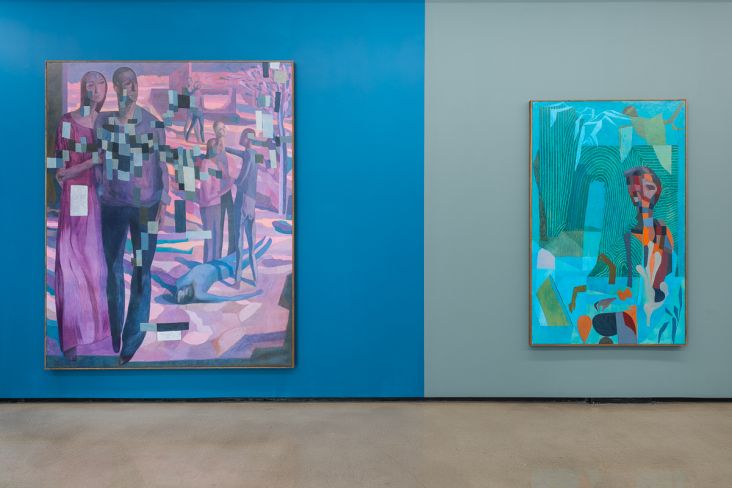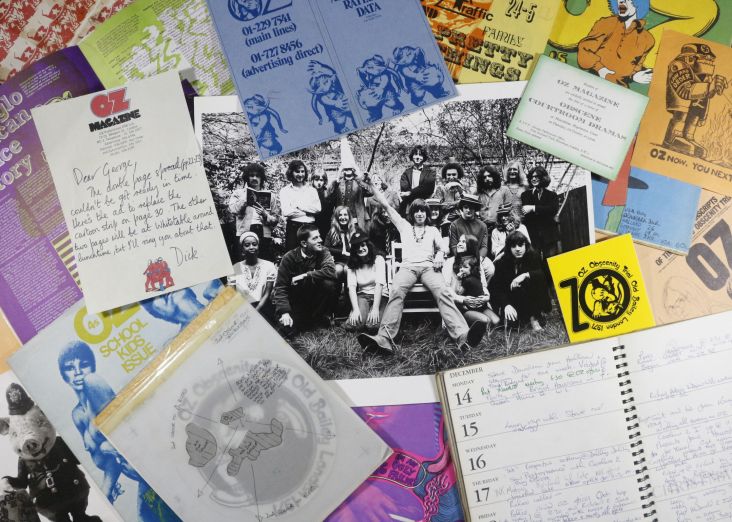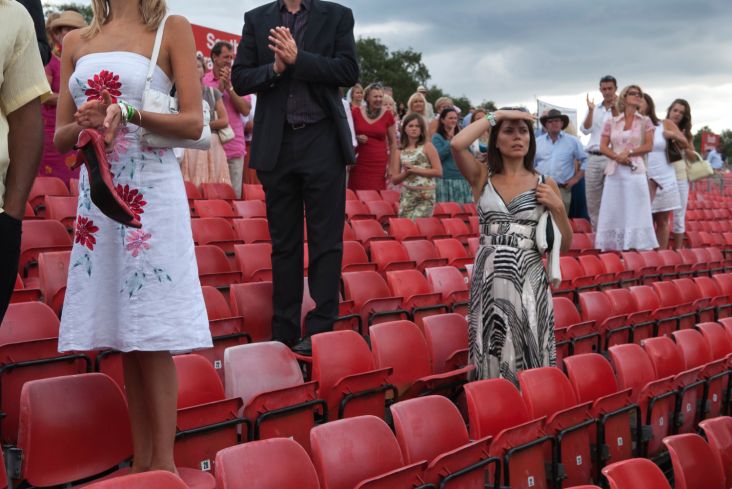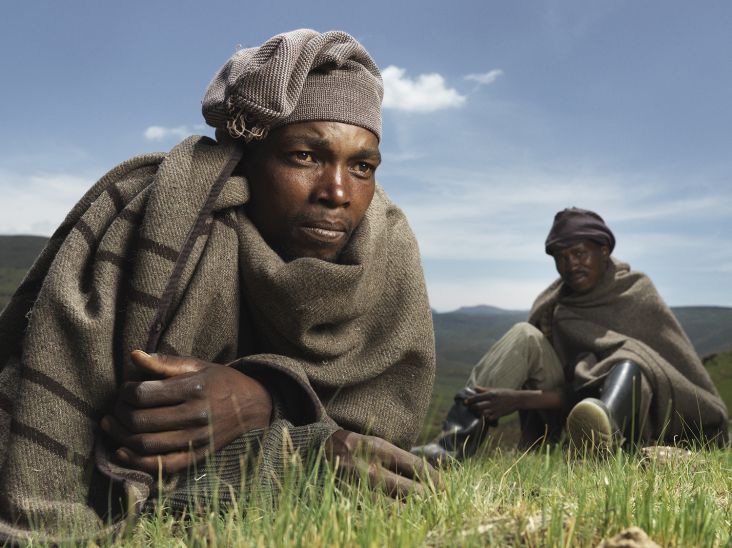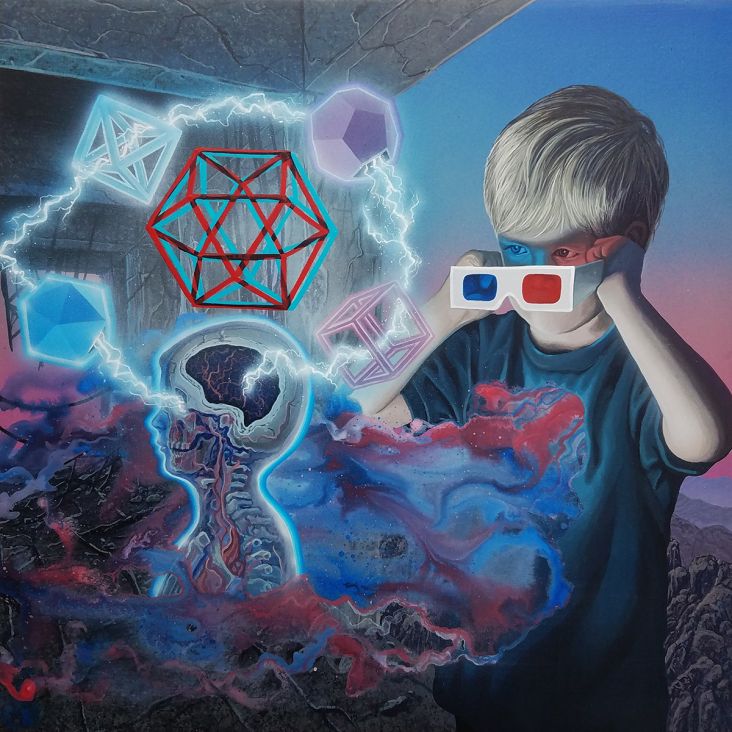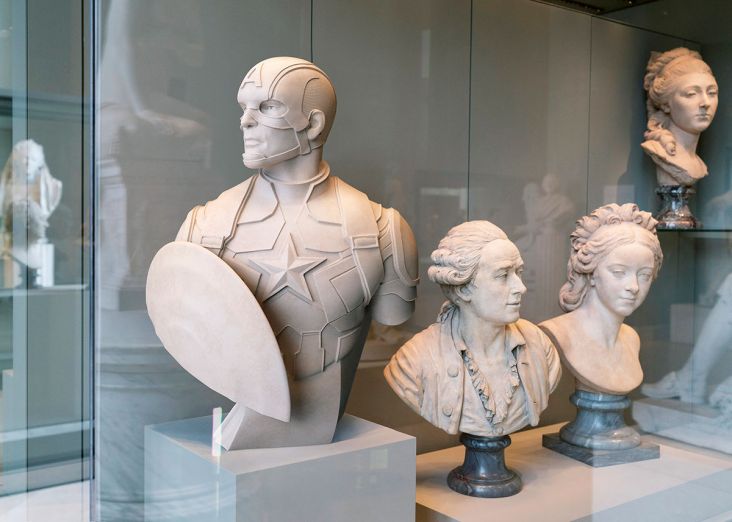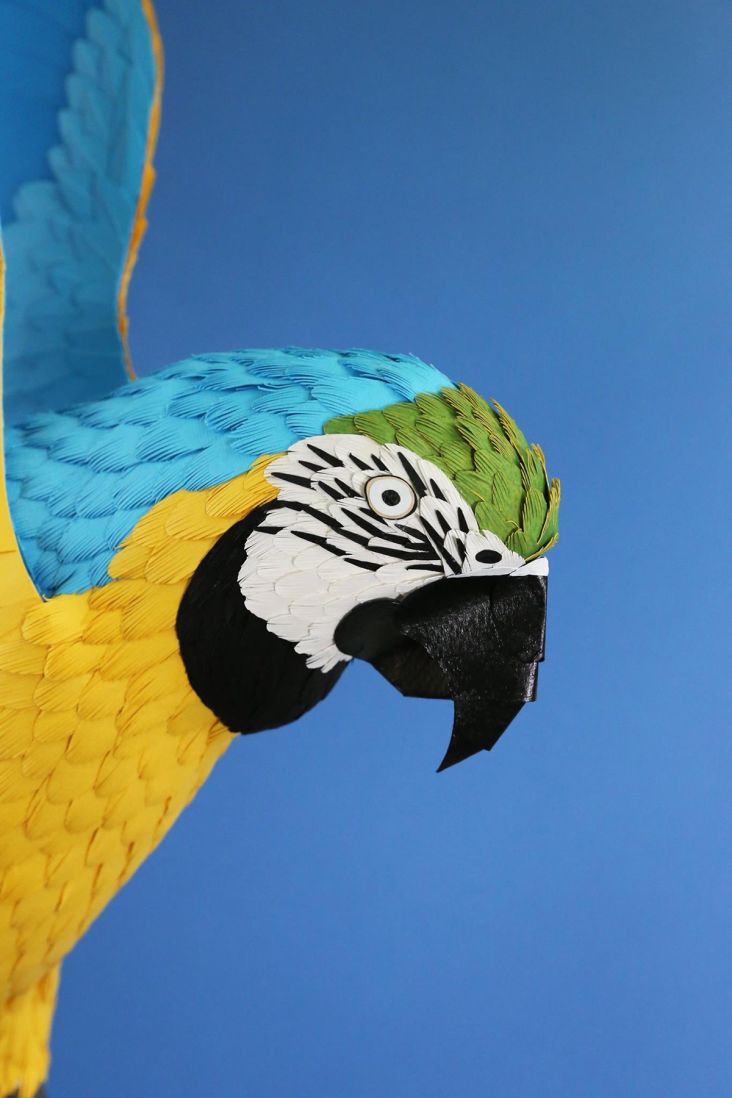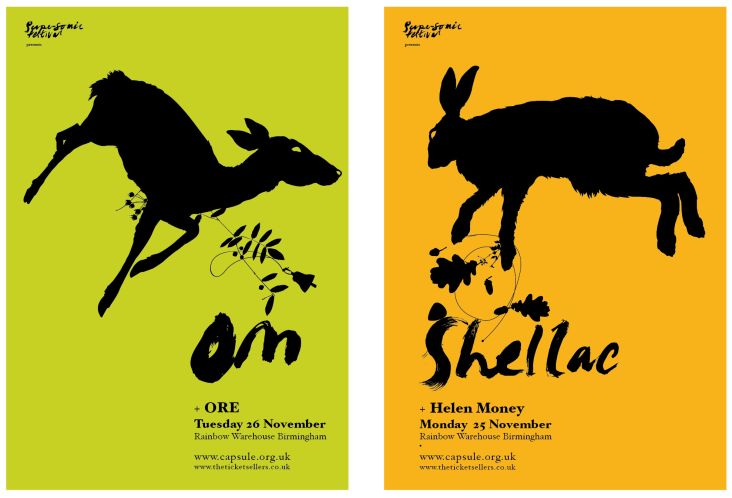Antoine Maillard on luck, gigs with the New York Times and making it as an illustrator
When it came to getting established as an illustrator, it wasn't exactly a walk in the park for Antoine Maillard. He'd spent a long time at various art schools before he landed his first gig – one that almost certainly cemented his place in the industry.
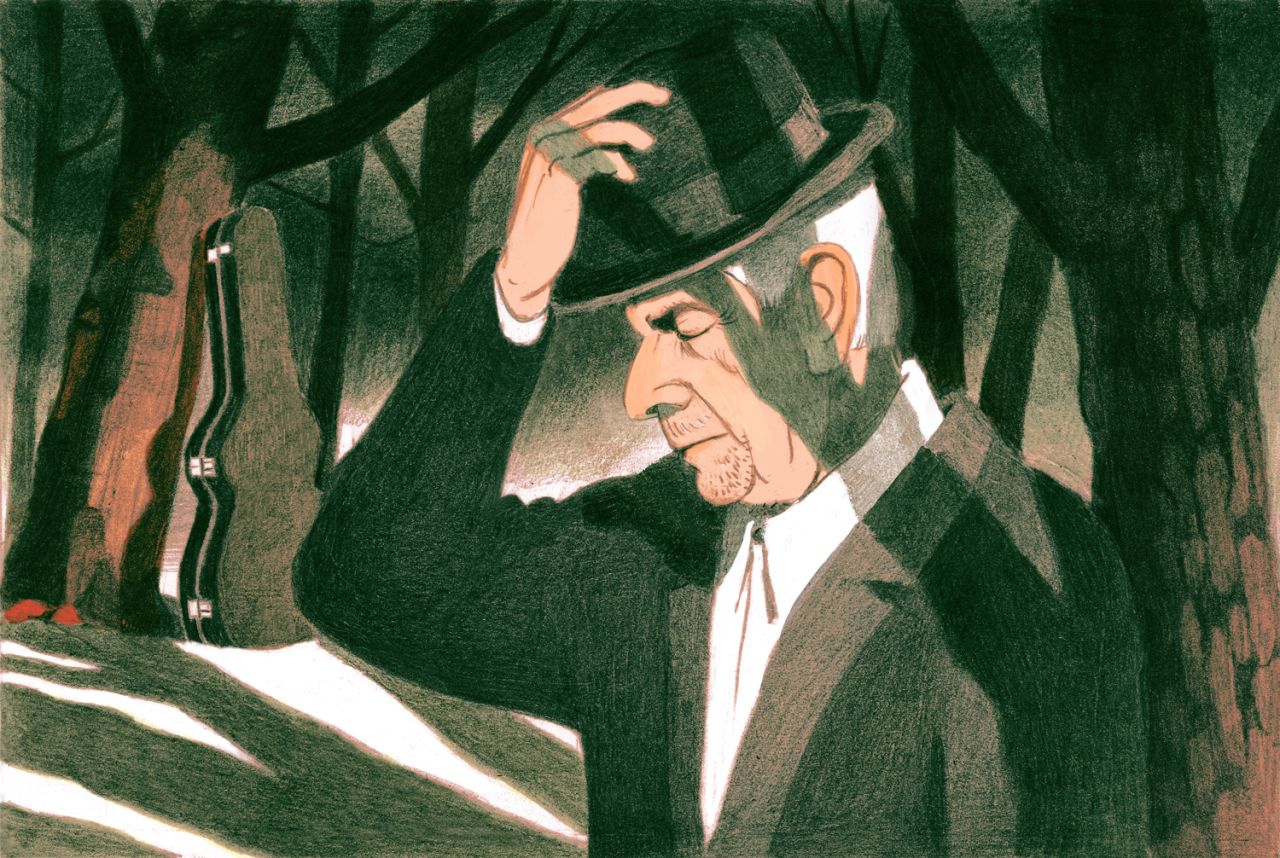
Creating editorial illustrations and comics for clients such as The New Yorker and The New York Times, Antoine puts his success down to pure old luck. But although that may have played a part, it's easy to see why he has become so popular. His dark and moody artworks, with an appealing muted palette, are now venturing further into the field of animation – one of which won him a prize at the recent Angoulême International Comics Festival. We spoke to the French illustrator about this, and much more.
After you graduated in 2015 from Strasbourg art school, you'd already had commissions from the likes of the New York Times. How did you find such quick success?
In my case it wasn't so quick: this was actually my seventh year at an art school (five at Angoulême and two in Strasbourg). And I'd already been looking for work after my Masters at Angoulême. As for the New York Times, I was very lucky.
Back in 2014, its Art Director Alexandra Zsigmond organised a kind of workshop with my teacher Guillaume Dégé. Alexandra appreciated my work and some months later, another NYT art director contacted me and asked for a small comics strip for a web article section. It was the beginning of my collaboration with them.
What's your process for creating an illustration?
It's very basic. I do some iconographic research on the topic, or on the elements of the illustration. I then do some thumbnails of ideas on a sheet of paper. It's very messy. I pick one of the little drawings I find interesting and I redraw all of it at a small scale. I place some shadow and mass with pencil, to give me an idea of what it will look like at the end. I then scan it and send it to the art director. If I have minor corrections to do, I use computer to rework the sketch.
I wait for approval and if everything is okay, I start to draw the final piece at the full size needed by the publication. Then I scan it, do some corrections if necessary, and send it.
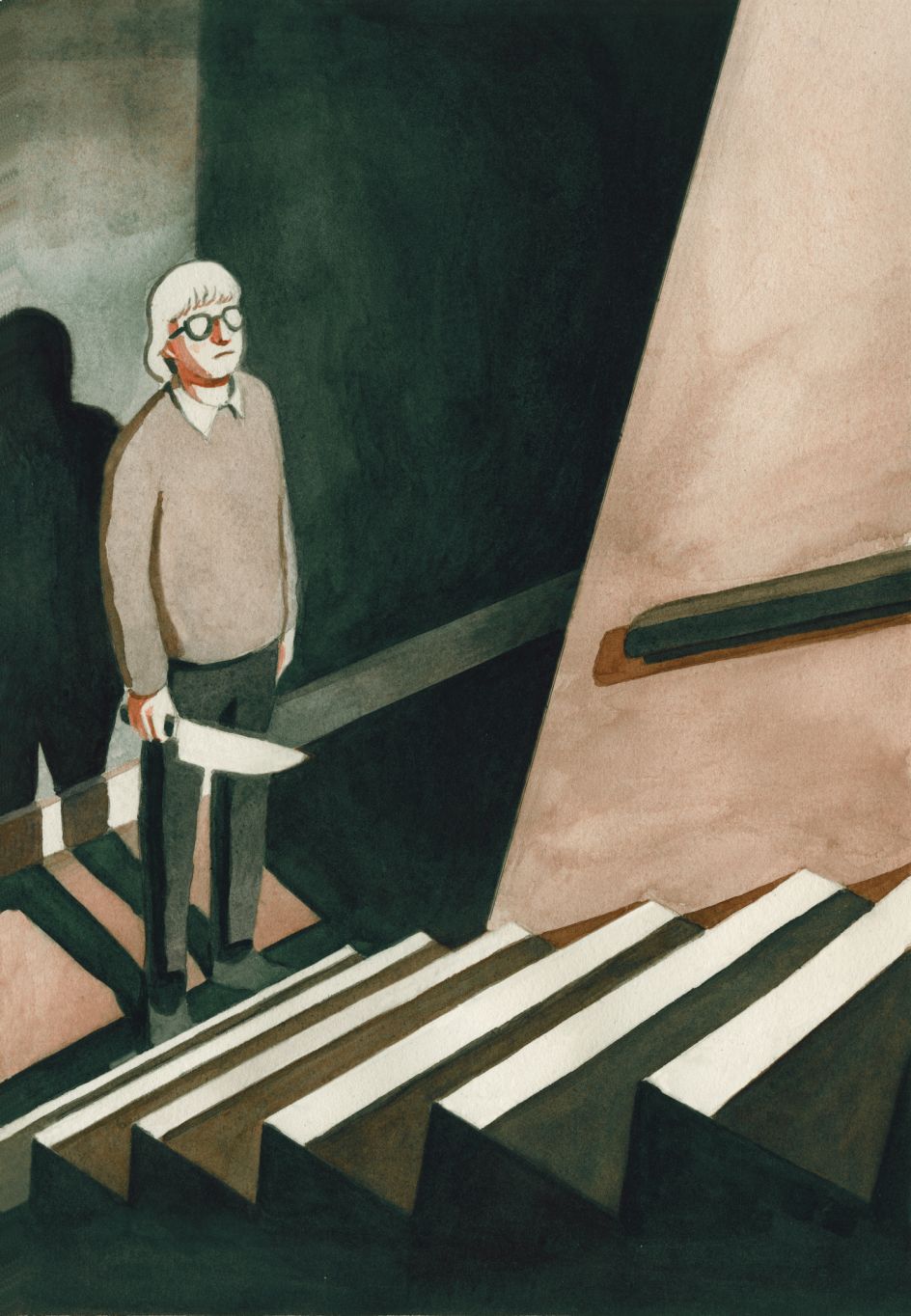
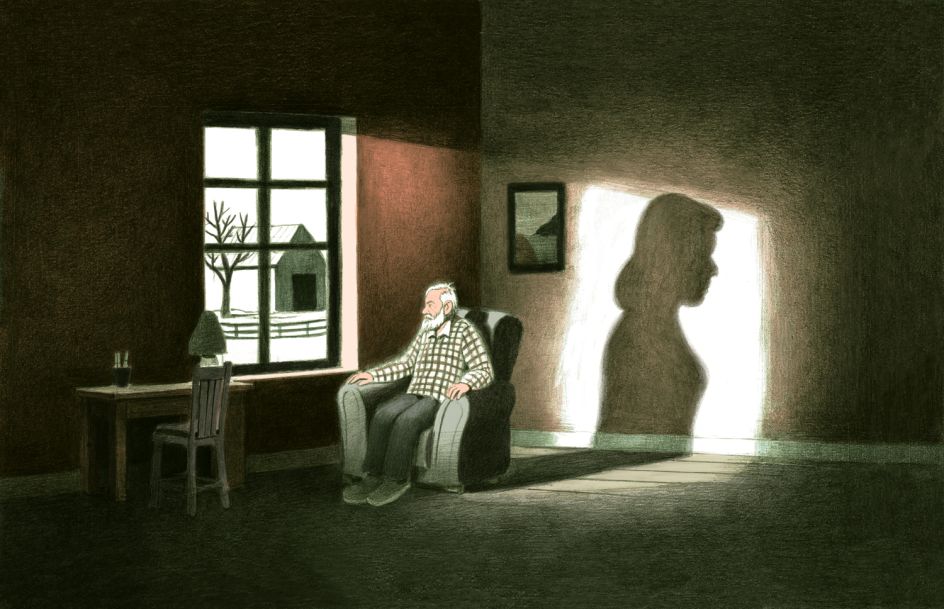
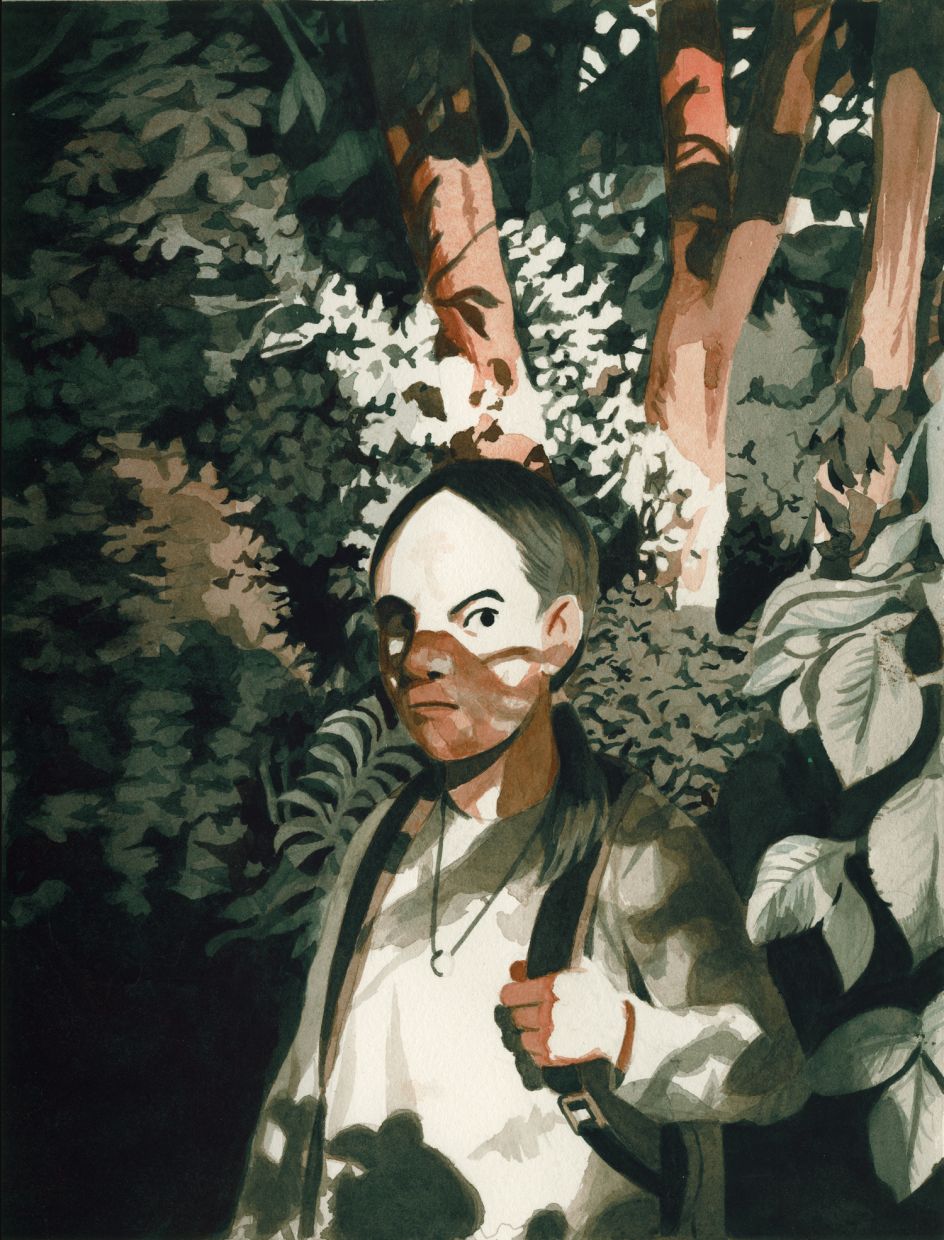
How did you develop your moody, atmospheric style?
That's difficult to answer. I like moody and atmospheric films, photographs and paintings. I'm inspired by Edward Hopper, Felix Valloton, David Lynch, Greg Crewdson. Essentially, all these influences are linked by their approach to light. I'm attracted to pieces where light is used as a language. Like in German Expressionism or old Film Noir.
I try to appropriate that in my own style. But it is very composite I guess. When I see something I like or I find efficient, I try to incorporate it into my visual vocabulary. As one of my teachers said: 'Fill the fridge, but then you have to do your own recipes'.
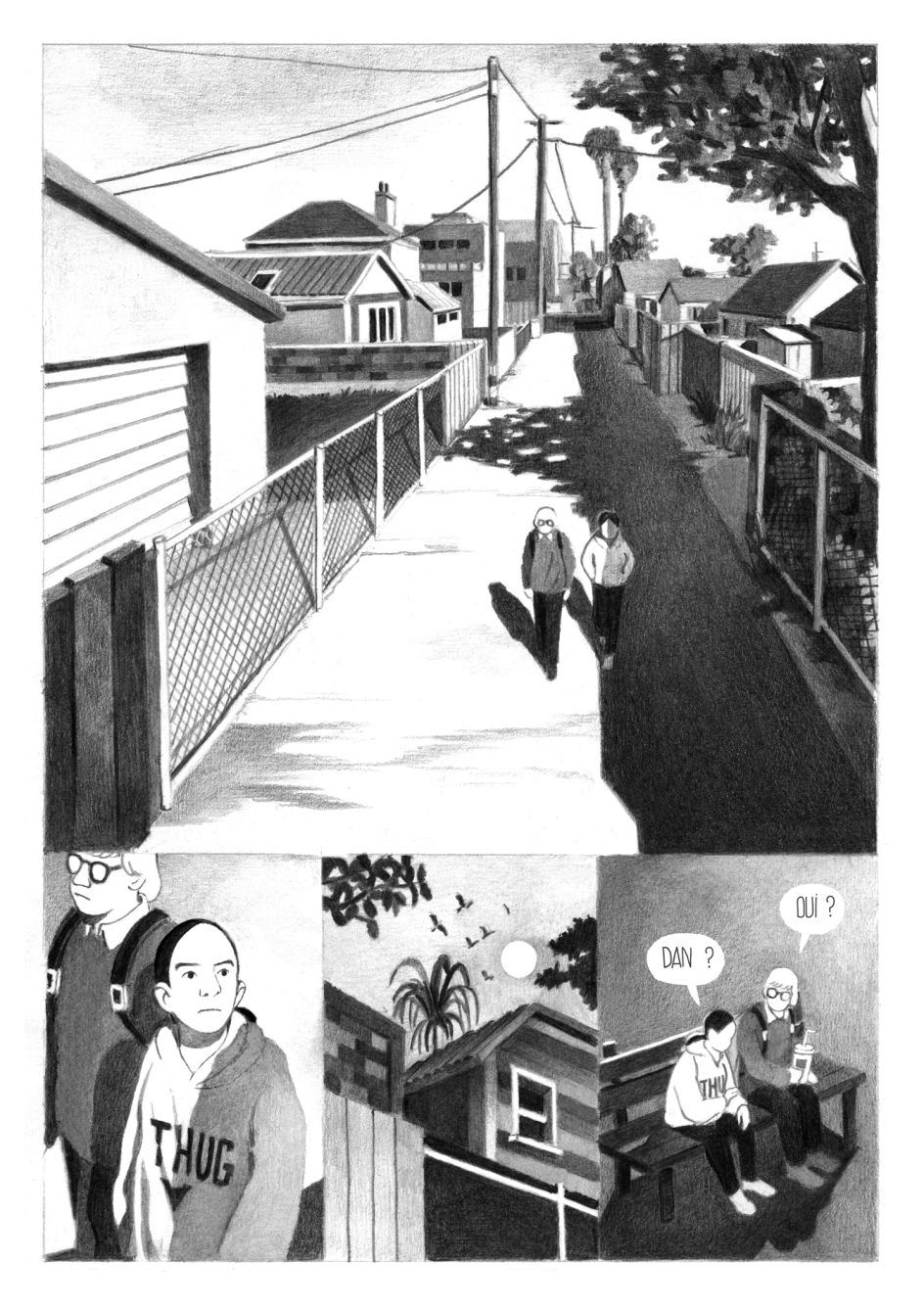
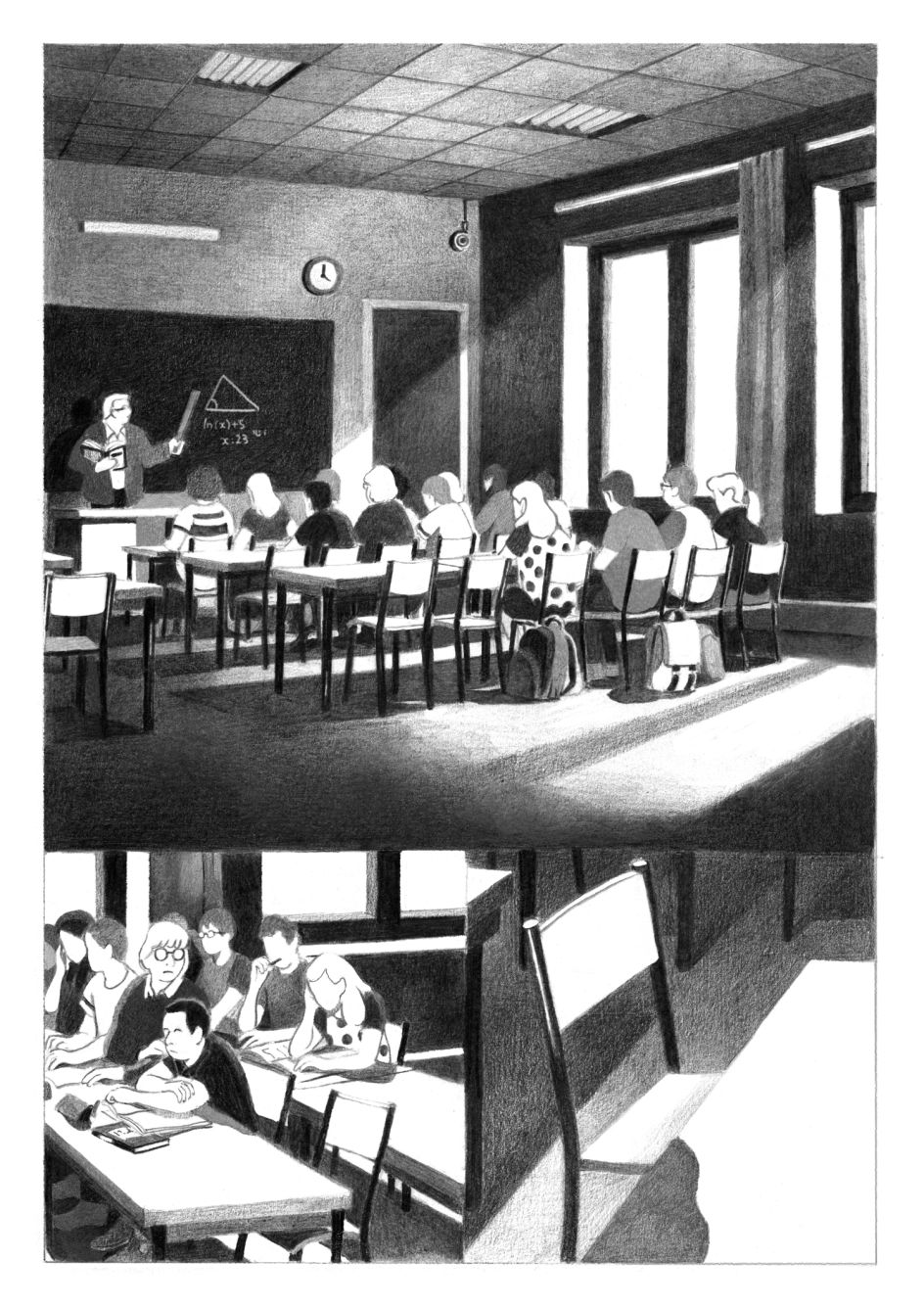
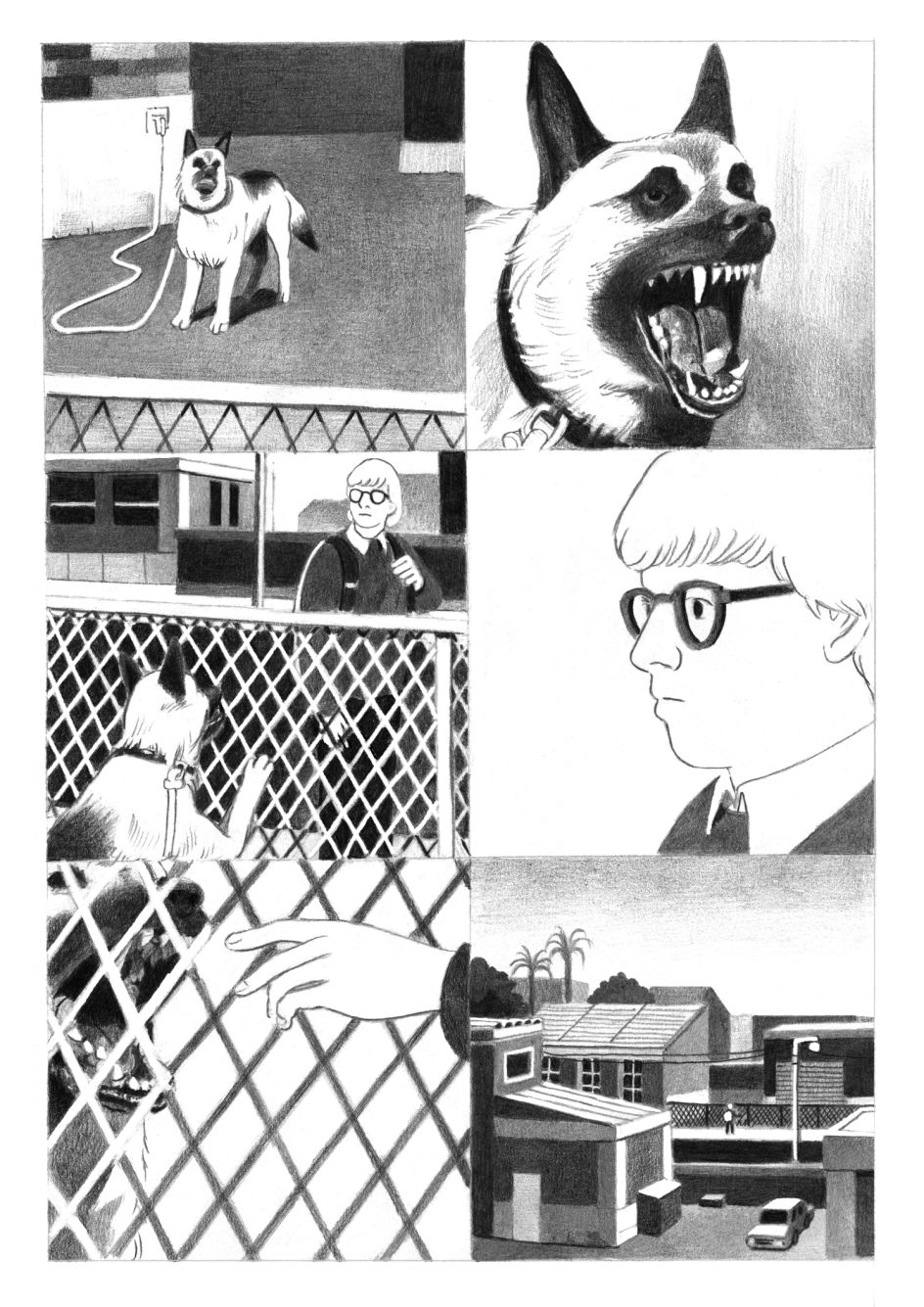
How did you approach the illustration of Leonard Cohen for the New Yorker?
I did that really quickly. I had to evoke Cohen musical universe and the gloomy ambiance of the event (his death) in the picture. It was stipulated that Cohen shouldn't look ill or too sad. I'd heard a few songs from his most recent albums; they were very dark and dry and made me think of David Lynch's Twin Peaks. So I imagined Leonard Cohen in this kind of dark and surreal forest.
What tools do you use in your work?
My favourites are pencil and watercolours. I try new things these days in my sketchbooks such as gouache, colour pencil, and ink. I can't draw on a tablet or computer yet, but maybe I'll learn this in future.
What advice do you have for young illustrators?
Firstly, I think it's important to publish your work online. But not all of it; only things you find important to share.
Updating a website or a blog is like publishing a book or magazine. It's a powerful tool and it's important to consider what really needs to be put out there. It's ok to publish experimental things, but every time I post work online I ask myself: 'If I didn't have the Internet as a tool of mass communication, would I make the effort to put this drawing on a wall in a street or in a book or in fanzine or something?'
Secondly, it's important to accept criticism and manage your own ego. I think a critic is not a judgement, it is just an analysis of your work; it doesn't have to be a personal attack. For me, if you refuse criticism, it's like refusing to listen to someone who gives directions when you're lost.
Finally, always be curious. I always consider myself to be a student. That's because I am still full of doubt, I make a lot of mistakes and beyond certain frustrations it's good to feel you have always something to learn and achieve.
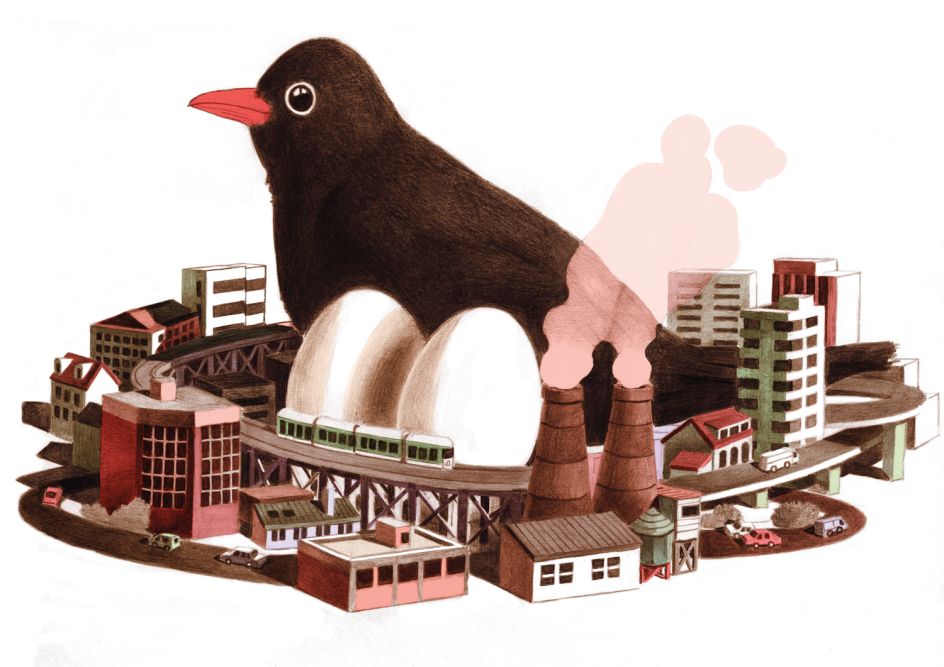
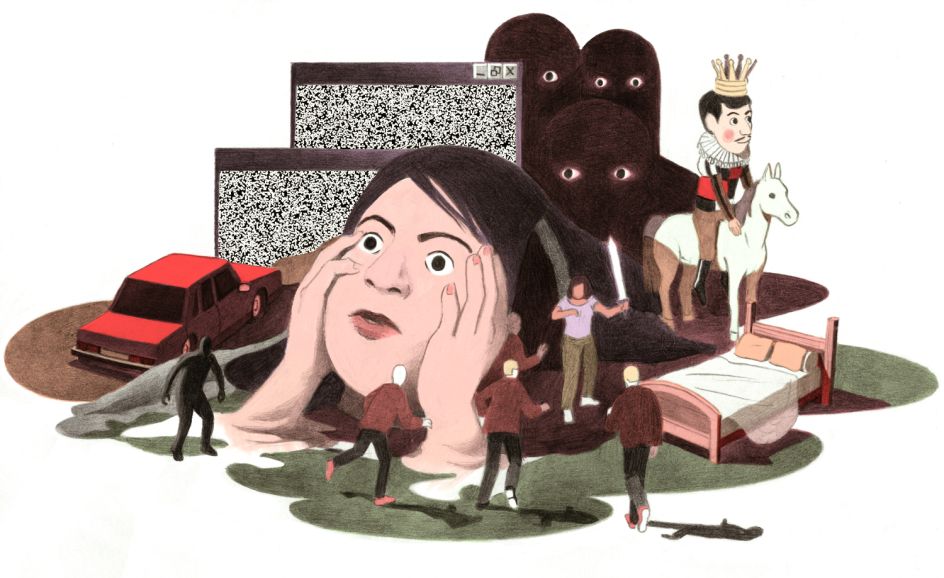
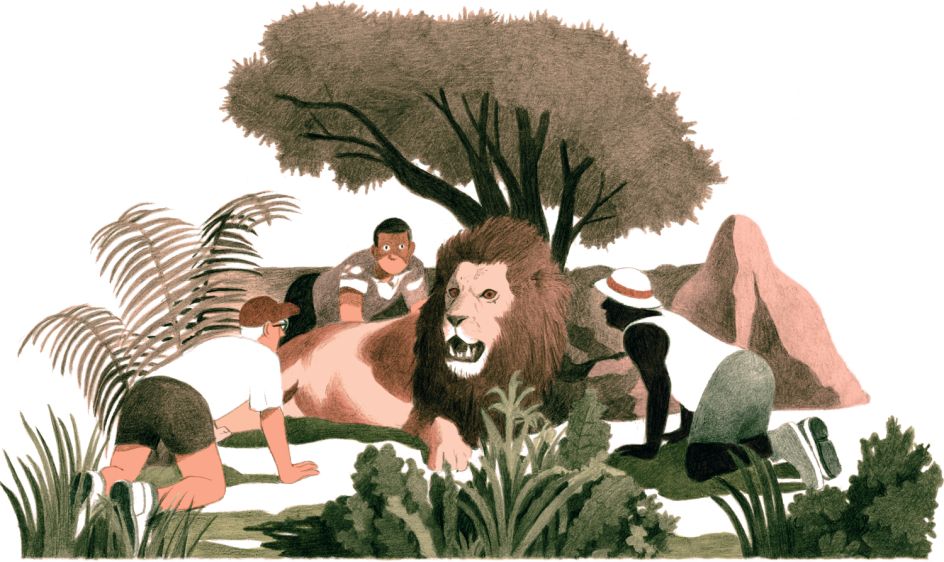
What are you working on right now, and what are your plans for the future?
I've been working on a graphic novel since 2012 and it's still not finished. It's a story about teenagers who are threatened by a serial killer. Elsewhere, I'm continuing to illustrate articles for magazines across Europe and US, and I'm also trying to improve my narrative writing.
Elsewhere, I'm getting more involved with gif animation projects. One was for an animated comic, which won a prize in the recent Angoulême International Comics Festival. There was also a New York Times exhibition during the MoCCA Arts Festival in New York, which included one of my illustrations.
If you could have a conversation with your younger self, what would you tell him?
I would tell him to be less lazy and to travel more.




 by Tüpokompanii](https://www.creativeboom.com/upload/articles/58/58684538770fb5b428dc1882f7a732f153500153_732.jpg)


 using <a href="https://www.ohnotype.co/fonts/obviously" target="_blank">Obviously</a> by Oh No Type Co., Art Director, Brand & Creative—Spotify](https://www.creativeboom.com/upload/articles/6e/6ed31eddc26fa563f213fc76d6993dab9231ffe4_732.jpg)








